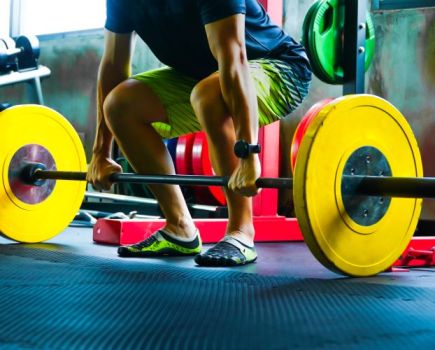It’s a tough look for many of us to pull off, particularly for middle-aged men, so why do cyclists wear lycra?
When you picture a cyclist, there’s a good chance you’ll imagine a middle-aged man dressed head-to-toe in tight-fitting clothing. Things have come a long way since the 1970s, when even the professionals were kitted out in woolen jerseys and ill-fitting shorts. But you’re probably left wondering why do cyclists wear cycling shorts and jerseys made of lycra, when other cardio activities like running and walking don’t call for clothing to hug the skin. While it’s not essential, there is some logic behind wearing the best cycling shorts that fits the contours of your behind…
Why do cyclists wear lycra?
Comfort
You don’t have to wear lycra to ride a bike, but you will notice some surprising benefits in the comfort department if you do. A cycling jersey and pair of cycling shorts that fit properly (i.e. they conform to you rather than you to it) minimises any excess fabric. In addition to being annoying when flapping in the wind or at speed, over time, excess fabric can cause chaffing. If located around your bum or crotch, this can lead to issues such as saddle sores and ingrowing hairs. And no-one wants those.
Lycra’s flexible and stretchy properties also enable you to easily change position and move around while in the saddle, meaning you can pedal without any restrictions.
Weight
The lack of excess material also means that cycling clothing is considerably lighter than other sportswear. Combined with lycra’s general low weight compared to cotton and other synthetic materials, most cycling jerseys weigh between 100-200g. That’s a marginal gain for all of the weight weenies out there.
Breathability
The close-fitting nature of lycra aids the breathability and sweat-wicking properties of cycling apparel. Thanks to the minimal materials, air can get to hot spots such as the armpits and groin efficiently, keeping you cool and reducing the build-up of moisture. Lycra isn’t infallible to the generation of sweat – particularly on hot days. But its skin-hugging nature means any that does form is absorbed by the fabric before quickly evaporating, keeping you largely dry and comfortable.
Aerodynamics
Although it might not seem important for a leisurely weekend spin, loose-fitting garments create drag. That means you have to work slightly harder to maintain the same speed you’d be able to reach if wearing lycra. What’s more, the longer your ride, the bigger the impact. A scientific review from 2015 highlighted that switching from trousers and a jacket to tight-fitting clothing can reduce drag by up to 30%.
The best cycling jerseys and cycling shorts will have been designed with aerodynamics in mind. But even tighter skinsuits and aero-focused clothing are the way to go to get the most marginal gains. And the best cycling helmets offer aero benefits too.
Compression
One final major benefit of lycra is its compressive qualities. When wearing a pair of tight-fitting cycling shorts, studies have found that it can improve blood circulation to the legs during a workout for cyclists. They can also aid recovery and reduce fatigue immediately and up to 24 hours after the activity. And that makes back-to-back days of training more likely.
Related content:







